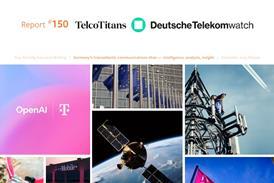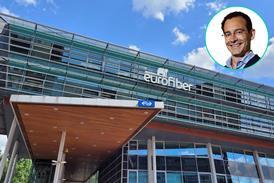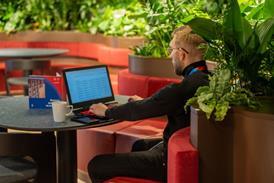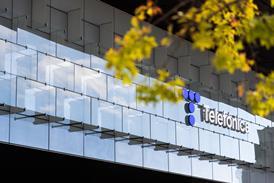- Telcos
- Network & IT
- Infra
- People
- Finance & Strategy
- Events
- Regions
- Thought Leadership
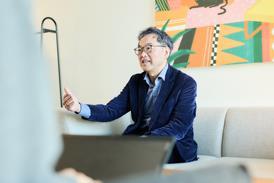 Can AI-RAN succeed without open RAN? ‘Yes and no’, says Alliance Chair Choi
Can AI-RAN succeed without open RAN? ‘Yes and no’, says Alliance Chair Choi The service assurance gap: why ‘make do and mend’ fails modern networks
The service assurance gap: why ‘make do and mend’ fails modern networks Landolina’s “be useful” philosophy: steering Cellnex towards stronger MNOs, digital Britain
Landolina’s “be useful” philosophy: steering Cellnex towards stronger MNOs, digital Britain AI Business Efficiency white paper: Turning Data & AI into Measurable Value
AI Business Efficiency white paper: Turning Data & AI into Measurable Value
- Premium
- TelcoX EMEA Leadership & Performance Study
Close menu
- Home
- Telcos
- Network & IT
- Infra
- People
- Finance & Strategy
- Events
- Regions
- Thought Leadership
- Premium
- TelcoX EMEA Leadership & Performance Study
O2 Germany ramps up 5G campus network solutions
Cameron Page2022-12-09T17:58:00

Telefónica’s campus networks in Germany see increased applications in AGVs.
Register for free to continue reading this article
Already registered? Sign in here.
Join the TelcoTitans community and continue reading this article
By registering for a free account, you will get immediate access to the rest of this article, plus:
- Enhanced access to TelcoTitans with three free article views per month
- TelcoTitans Daily and Weekly newsletter briefings
“The detail is very good. Better than we get internally.” – GM, Vodafone OpCo
Want full access to TelcoTitans content? Check out our subscription options.





